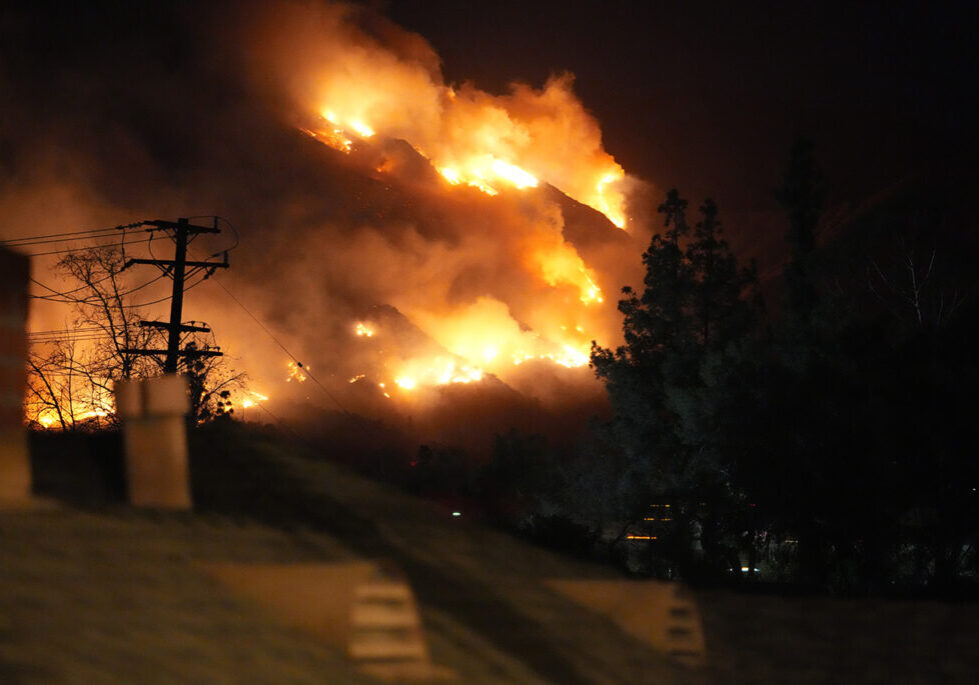California’s Office of Traffic Safety (OTS) reports the “problem of pedestrians being killed or seriously injured on California roadways is getting worse.”
The latest data from the Governors Highway Safety Association (GHSA) show the number of pedestrian deaths surged nationwide between 2019 and 2022, from 6,324 to 7.508. In California, pedestrian fatalities rose 7.8% to 1,100 during that same time period. The GHSA also noted that “most alarmingly, since 2010, pedestrian deaths have gone up a shocking 77% compared to a 25% increase in all other traffic fatalities.”
This post will explore the state of pedestrian safety in California, including safety tips and resources for those who have been struck by a vehicle.
Pedestrian Safety in California: ‘Walking is Increasingly Dangerous’
According to the State Highway Safety Offices (SHSO), the pedestrian fatality rate in California per 100,000 people is 2.82, making California one of the top 10 deadliest states for pedestrians.
So, what’s behind the rise in pedestrian deaths? OTS notes, for example, “There are more people out walking — to get to work, school and shopping or just for fun, exercise, and being outside. In an era where we are promoting walking as a healthy, positive, and community-building alternative to driving, walking is becoming increasingly dangerous.”
Large Vehicles Are More Common
Road safety organizations also point to the growing number of large vehicles on the roads. The Washington Post reports trucks now outnumber cars in every state (note: SUVs are classified as trucks). Though even smaller cars are big enough to cause serious injury to pedestrians.
Rebecca Sanders, founder of Safe Streets Research & Consulting, a crash analysis firm, told The Hill:
“There’s this race to the bottom of people buying more large cars because they want to feel safer around all of the other large cars. [Pedestrians] are ever more vulnerable, ever more at risk, from these larger vehicles.”
3 Common Factors that Increase Accident Risk
Aside from the size of the vehicle, GHSA found a few key factors tend to increase the risk of a pedestrian fatality:
- Speeding: The risk of a pedestrian being killed in a crash increases exponentially with the speed of the vehicle. At 23 mph, there is a 10% chance of death, but at 58 mph, the risk increases to 90%. Additionally, drivers have less time to react to pedestrians when they are traveling at high speeds.
- Alcohol impairment: Alcohol consumption can impair judgment and coordination in both drivers and pedestrians. Drunk driving is a serious threat to all road users, and the number of alcohol-related traffic deaths has been increasing in recent years. According to the National Highway Traffic Safety Administration (NHTSA), police-reported alcohol-related traffic deaths increased 5% from 2020 to 2021, following a dramatic 14% spike in 2020.
- Light conditions: Pedestrian fatalities are more likely to occur at night than during the day. In 2021, 77.1% of pedestrian fatalities occurred after dark, regardless of whether there was artificial lighting. According to GHSA, this is consistent with findings from prior years. Only 19.5% of pedestrian fatalities occurred during daylight hours, and 3.3% occurred during dawn or dusk.
Will Freedom to Walk Act Help?
Among the measures intended to improve pedestrian safety is Gov. Gavin Newsom’s Freedom to Walk Act (AB 2147) which went into effect in January. The law decriminalizes jaywalking in most cases, allowing pedestrians to cross the street outside of an intersection. However, they need to take “reasonable care” to avoid an accident. While supporters say the law will encourage drivers to be more aware of pedestrians and reduce racial disparities in jaywalking enforcement, critics fear it will remove clarity and predictability for street crossings.
Basic Safety Tips for Drivers
To minimize the risk of hitting a pedestrian, the NHTSA has issued basic safety tips for drivers, such as:
- Be aware of pedestrians everywhere, at all times. This includes looking for pedestrians in crosswalks, at intersections, and even on the side of the road.
- Use extra caution when driving in hard-to-see conditions, such as at night or in bad weather. Pedestrians are more difficult to see in these conditions, so it is important to slow down and be extra alert.
- Slow down and be prepared to stop when turning or otherwise entering a crosswalk. Pedestrians have the right of way in crosswalks, so always yield to them.
- Yield to pedestrians in crosswalks and stop well back from the crosswalk to give other vehicles an opportunity to see the crossing pedestrians so they can stop too. This will give pedestrians more time to cross the street safely.
- Never pass vehicles stopped at a crosswalk. There may be people crossing where you can’t see.
- Never drive under the influence of alcohol and/or drugs. This will impair your judgment and make it more difficult to see pedestrians.
- Follow the speed limit, especially around people on the street, in school zones, and in neighborhoods where children are present. The speed limit is there for a reason, and it is especially important to obey it in areas where there are more pedestrians.
- Be extra cautious when backing up and look for pedestrians. Pedestrians are often difficult to see when you are backing up, so it is important to be extra careful.
- Use your turn signals and be predictable. This will help pedestrians to know what you are doing and make it easier for them to cross the street safely.
- Slow down around school areas and sports facilities.
Precautions for Pedestrians
As for pedestrians, there are steps you can take, such as:
- Make yourself visible. Wear bright clothing and reflective materials, especially at night.
- Cross streets at marked crosswalks. Obey traffic signals and look left-right-left before crossing and be careful not to stand too close to the road.
- Be aware of your surroundings. Don’t be distracted by your phone or other devices.
- Be patient. Don’t rush across the street. Give yourself plenty of time to cross safely.
What If You File a Lawsuit?
If you or a loved one has been struck by a vehicle in California, a few general steps to keep in mind are:
- Seek medical attention: Prioritize immediate medical care for any injuries.
- Report the accident: Contact the police and gather information.
- Preserve evidence: Take photos and collect details about the incident.
- Consult an attorney: Seek guidance from a personal injury lawyer.
- Notify insurance companies: Report the accident to relevant insurers.
- Document medical expenses: Keep records of all related costs.
- File a personal injury claim: Pursue compensation for damages.
- Consider a lawsuit: If needed, file a lawsuit with legal support.
- Comply with deadlines: Be aware of time limitations for legal actions.
Contact Penney & Associates
If you have been injured in an accident, don’t try to navigate the legal system alone. The experienced attorneys at Penney & Associates are here to help you through the process and get you the compensation that you are entitled to. Contact us today for a free consultation and learn more about what we can do for you.
Read more
5 Factors that Affect Bicycle Accident Compensation in California
How to Prepare a Boating Accident Claim: The Do’s and Don’ts
Electric Bikes & Scooters: Lawsuits Follow Growing Number of Accidents



